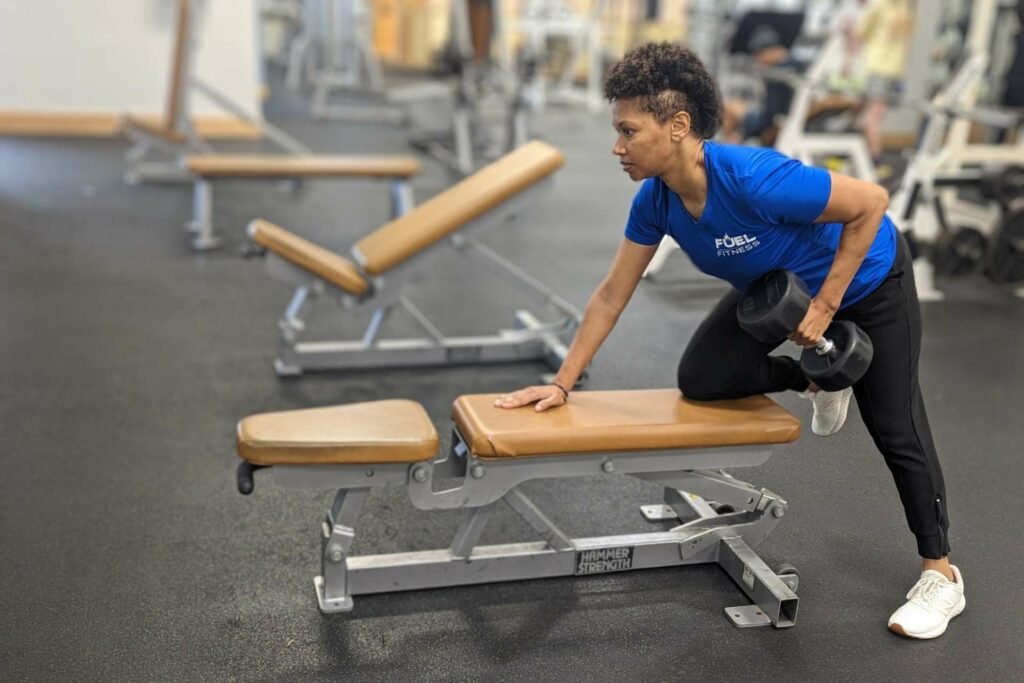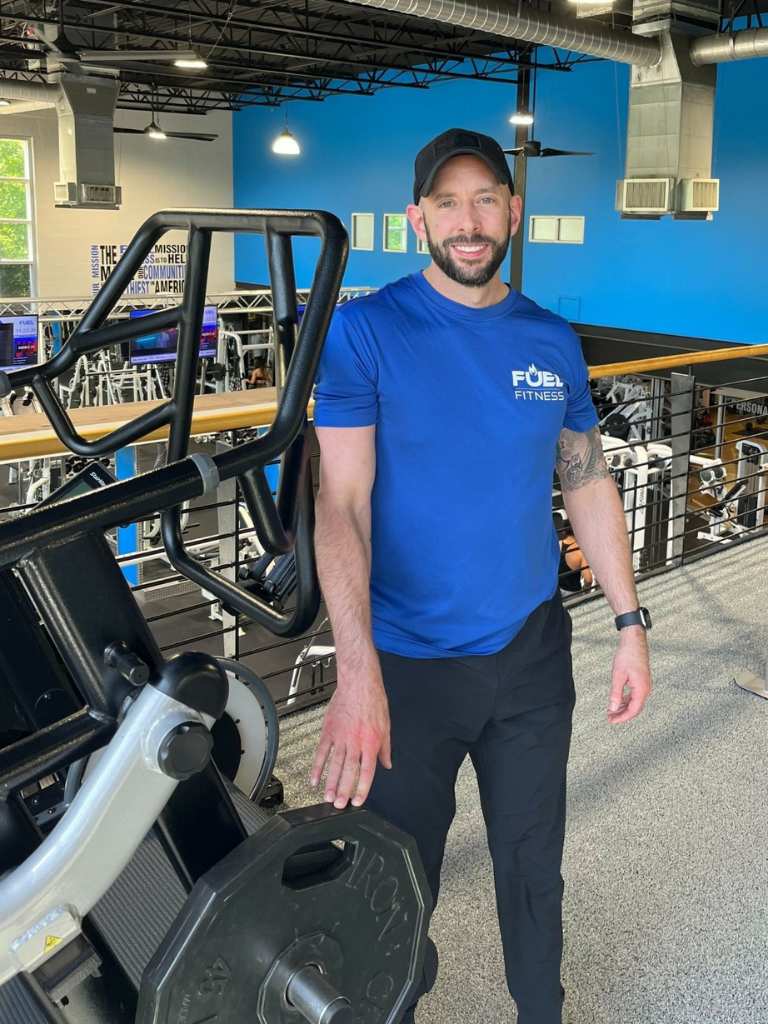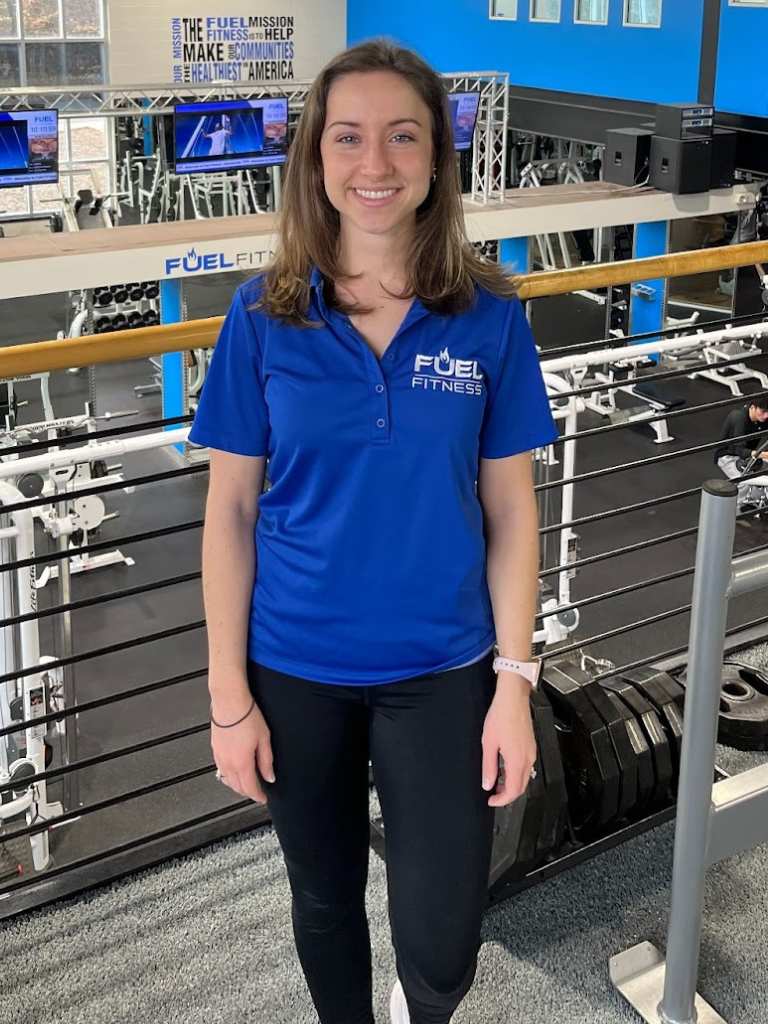Getting your head around all of the terminology when you begin training can become quite overwhelming! You may have heard of high-intensity interval training (HIIT) but may be less familiar with low-intensity steady-state (LISS). This guide will provide you with more information on HIIT and LISS, the associated benefits and a few workout ideas for you to start incorporating into your workout plan.
What are the differences between LISS and HITT?
Let’s start by discussing the differences between LISS and HIIT.
LISS and HIIT are completely different types of exercises!
HIIT includes quick bursts of energy, working at full capacity, followed by a rest period. For example, you may do a sprint on a treadmill for 30 seconds, then rest for 30 seconds before repeating it; typically, you will repeat several rounds of HIIT exercises. Due to the bursts of activity, HIIT raises your heart rate quickly and can help you burn fat for longer, even after you stop exercising.
Unlike HIIT, LISS means you maintain a steady pace of a low-intensity exercise for a set duration of time, like 30 minutes or more. LISS is great to help balance more intense training sessions and can be ideal for those who have sustained injury or are pregnant.
If fat loss is your goal, it is highly unlikely you will reach it with LISS alone. When paired with HIIT, you can see impressive results. LISS, however, does have its benefits! If you are new to exercise, or perhaps just easing yourself back in, LISS is much easier and can help you adjust to exercise a bit more easily without it becoming too overwhelming.
What are the advantages and disadvantages of LISS training?
Unlike HIIT, LISS does not place as much strain on the body, making it ideal for all kinds of people. Here are some excellent advantages of LISS:
- It is much easier to maintain and stick with! So many people can feel put off from exercise when it is daunting and can be overwhelmed by intimidating training plans. LISS is much easier to stick with and can help you start to transition yourself into a bit more of a routine and slowly adjust your lifestyle, which will make more intense training easier to approach.
- LISS is a great option for recovery training sessions as it is not stressful for your body. If you have been really pushing it in the gym with intense sessions but hate taking a day off, a LISS session will still allow you to exercise but gives your muscles time to recover. In fact, LISS promotes blood flow which actually helps your muscles during recovery and helps reduce the soreness you feel.
- LISS alone won’t help with fat loss, in fact, it can cause you to lose muscle and weaken you if done alone; however, when paired with HIIT, the more oxygen created when you perform LISS workouts, the more it can help your body to breakdown fat as it helps metabolize it.
There is a wide range of LISS cardio exercises you can use as a part of your workout regime to help keep it varied and interesting. Why not try some of the following:
- Brisk walking
- Hiking
- Cycling or indoor spin bike
- Rowing
- Kayaking
- Swimming
- Cross-trainer or elliptical machine
- Surfing
What are the advantages and disadvantages of HITT training?
Now, let’s focus a bit more on HIIT. For HIIT to be effective, you must truly push yourself to your maximum. You should only perform any HIIT exercise for anywhere between 10-90 seconds followed by a period of 20-180 seconds rest after each exercise. For those who are new to HIIT, it can seem quite daunting, but if you start by aiming for a 1:2 ratio, it becomes much more achievable; for example, you would sprint for 20 seconds and rest for 40 seconds. HIIT sessions can last anywhere between 15-20 minutes for maximum results. Even with just 10 minutes of HIIT, you can rapidly increase your heart rate. So, what are the benefits of HIIT training? Let’s take a look!
- HIIT is capable of burning more calories than some other forms of exercise, but in far less time – you do need to really push yourself to achieve this though!
- HIIT only requires about 15-20 minutes of your time, so it’s great if you are limited on time.
- HIIT is highly effective in raising your metabolic rate, which means you will continue to burn calories, even after you stop exercising.
- You can increase your endurance with HIIT as it allows you to increase and improve your oxygen consumption.
Both LISS and HIIT can be performed without equipment, so you can start these kinds of exercises at home or even while you are on vacation! While LISS is very easygoing, HIIT does pose some disadvantages:
- It can be quite daunting for beginners as it is very tiring and taxing on the body.
- Your risk of injury is much higher with HIIT as you are pushing yourself more so than you would in any other form of exercise. To help prevent injuries during HIIT, practice the following:
- Proper warm-up prior to starting, at least 5 minutes
- Practice your moves at a slower pace (perhaps during warm-up) to help perfect your form
- If you notice your form is being compromised during an exercise, stop!
- Include other forms of exercise in your workout regime that help you build up your endurance and conditioning
HIIT can have adverse effects if you are performing it before a weightlifting session; this may not be a problem for some people, dependent on goals, but if you do lift, you will want to be aware that your risk of muscle loss and burnout is much more likely when performing HIIT. If you do lift weights and enjoy a few sessions of HIIT, that is fine, but just be sure to give yourself ample recovery time in between sessions. It is also important to note that you should perform HIIT after strength training.
If you want to include HIIT in your workouts, why not try some of the below ideas:
- Tabata (high intensity for 20 seconds, rest for 10 seconds; repeat 8 times)
- Burpees
- Push-ups
- Squats
- Sit-ups
- Barbell complexes (6-8 reps of each exercise, no rest in between – don’t let the barbell touch the floor!)
- Back squats
- Overhead press
- Lunges
- Bent over rows
- Romanian deadlift (RDL)



















